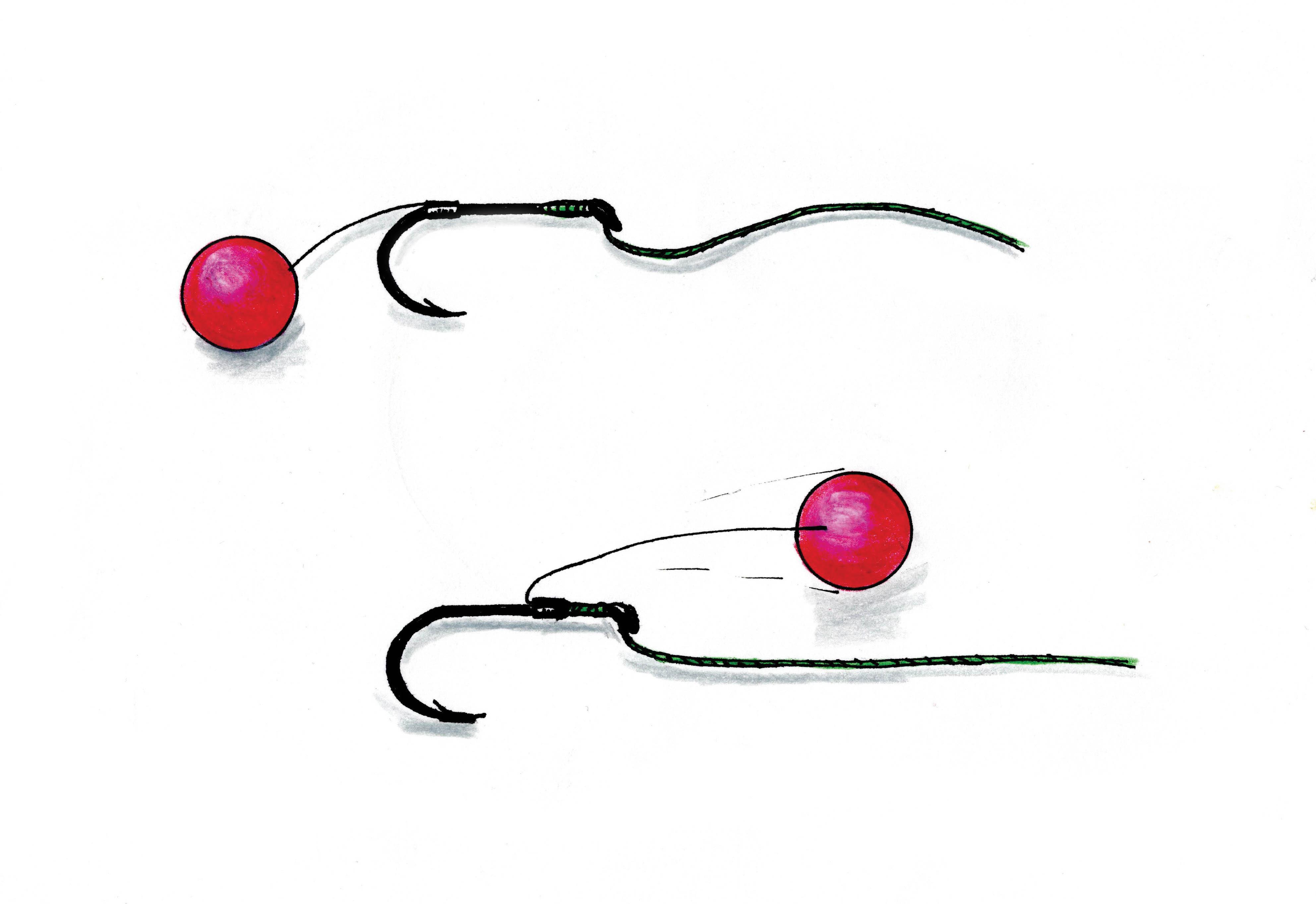Rigs, Principles & Multiples
Carp-fishing veteran Tim Paisley gives us a fleeting insight into his way of thinking when it comes to everything rig-related
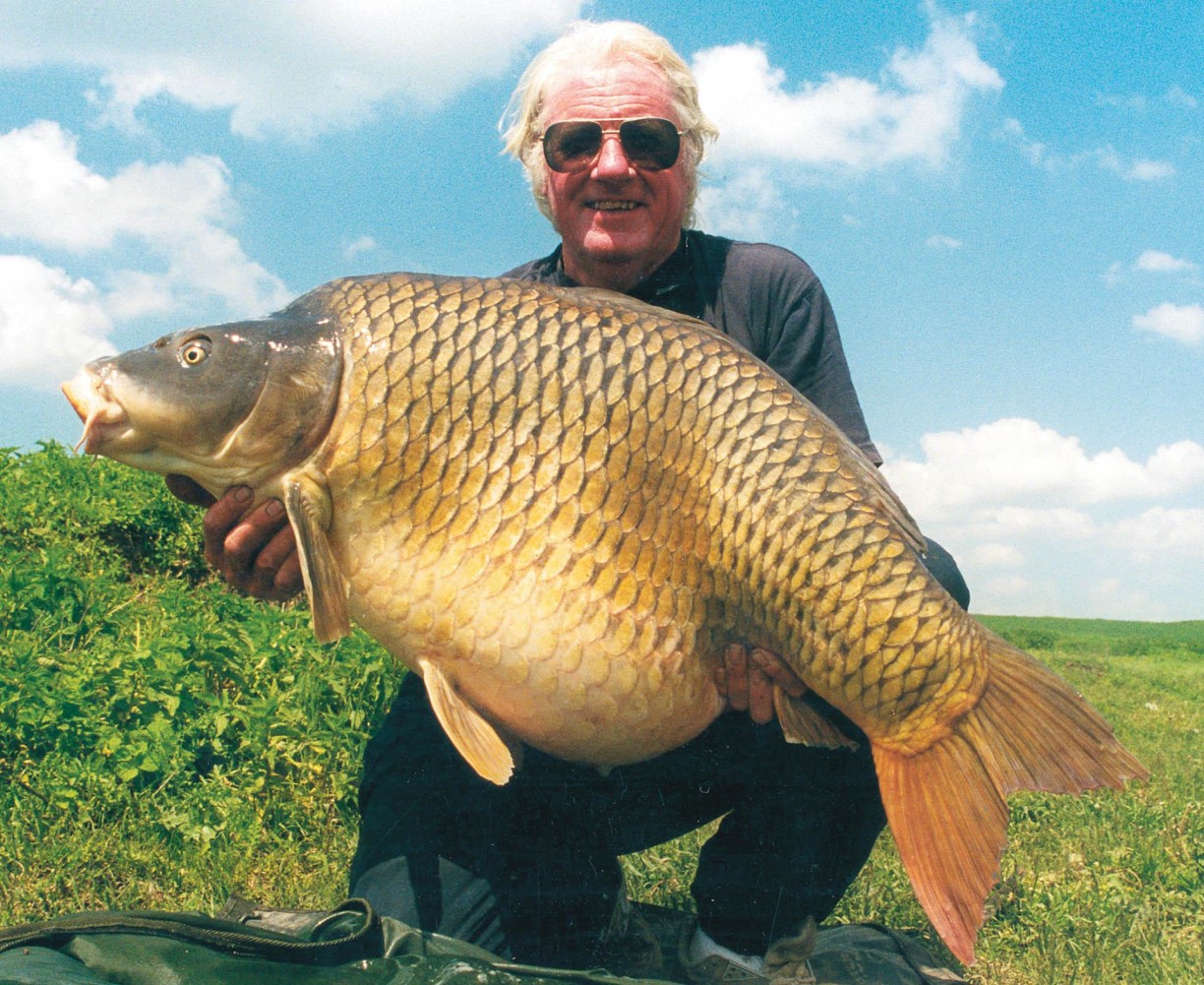
Editors can be disarming: it is part of their armoury. “Can you do the rig piece? It’s only 1,200-1,300 words and a couple of pictures,” asked Editor Joe. I agreed without giving it a second thought. Then I spent a few days giving it second, third and fourth thoughts. Never give an opinion on religion, politics, marriage, or rigs is one of life’s guiding principles, so to discuss rigs is suicidal, so I’ll simply pen some thoughts which may help you think your way into a successful rig IF such a thing is eluding you. I’m well aware that successful carpers don’t need my advice on anything, so apologies if all this seems a bit obvious. The word count comes into perspective when you consider how many rig books have been published! I’ve been involved in the publication of at least two, and have contributed to at least two others [1]. If in doubt, track down a rig book and consider the mechanics and the possibilities at your leisure.
Anti-eject rigs…
Here’s a starting point: carp do not voluntarily run off with the hookbait. The more difficult your rig is to eject, the more likely you are to trigger a run from a carp sucking and blowing a suspicious bait. I’ve illustrated what I consider to have been my most successful rig, the combination of stiffness and flexibility.
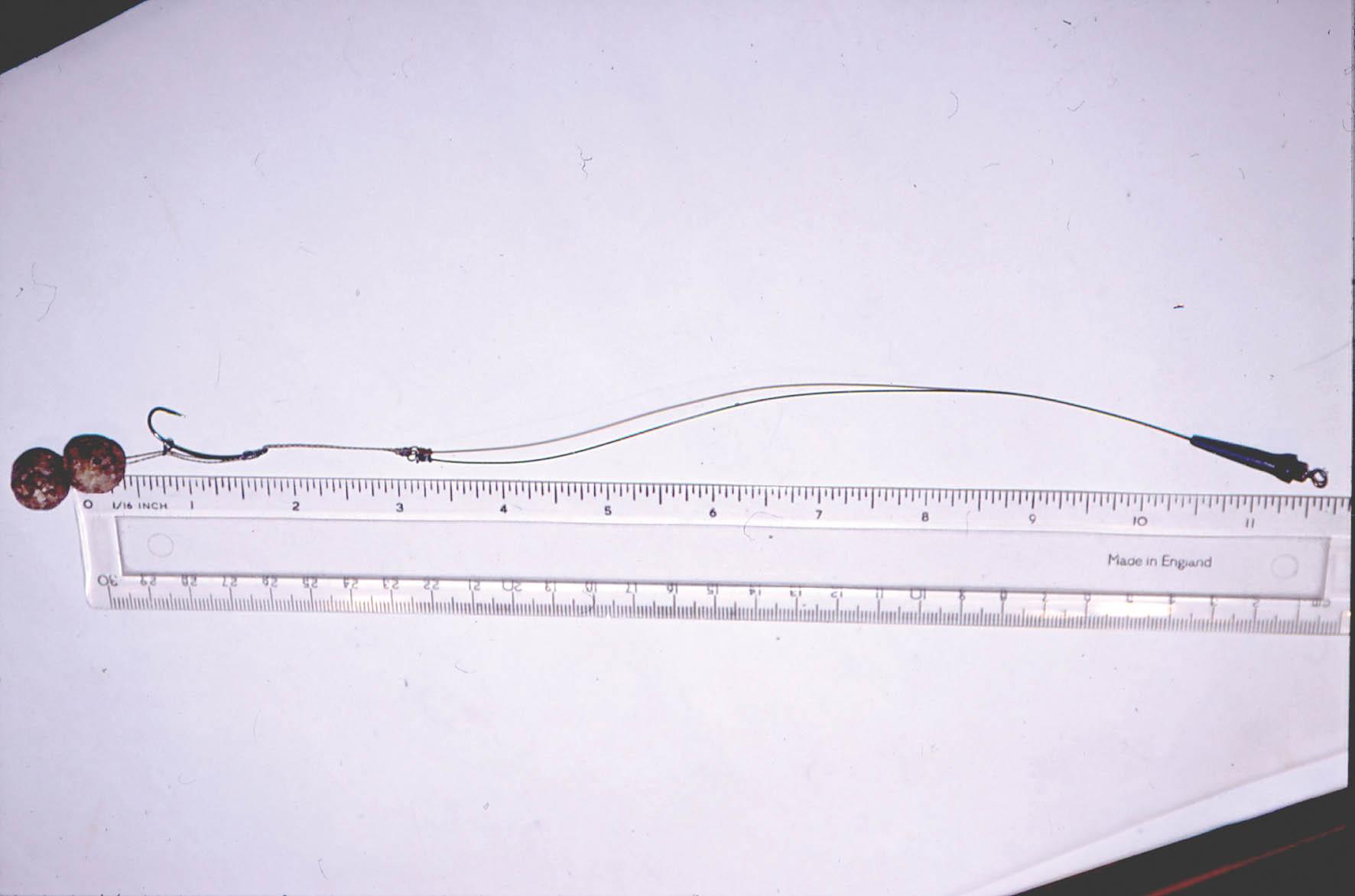
It’s obvious enough, except that for this rig to be successful, it has to be sucked into the stiff length to have maximum effect. I’ve seen it illustrated with a four-inch flexi-length. To me, that is too long. I tied the flexi length down to 1.5-2”. If you are fishing for singles and doubles, you may have to come down to a 1” braided section. If the bait is sucked well back (towards the throat teeth), there are all sorts of opposing forces at work in the carp’s mouth. An ‘anti-eject rig’ simply means the rig is difficult to eject: as far as I’m aware there is no such thing as an anti-eject rig per se. For me, an anti-eject rig has really done its job if the carp is hooked other than in the bottom lip, as has happened on some notable occasions for me, not least the Raduta big common which was hooked in the side of the mouth.
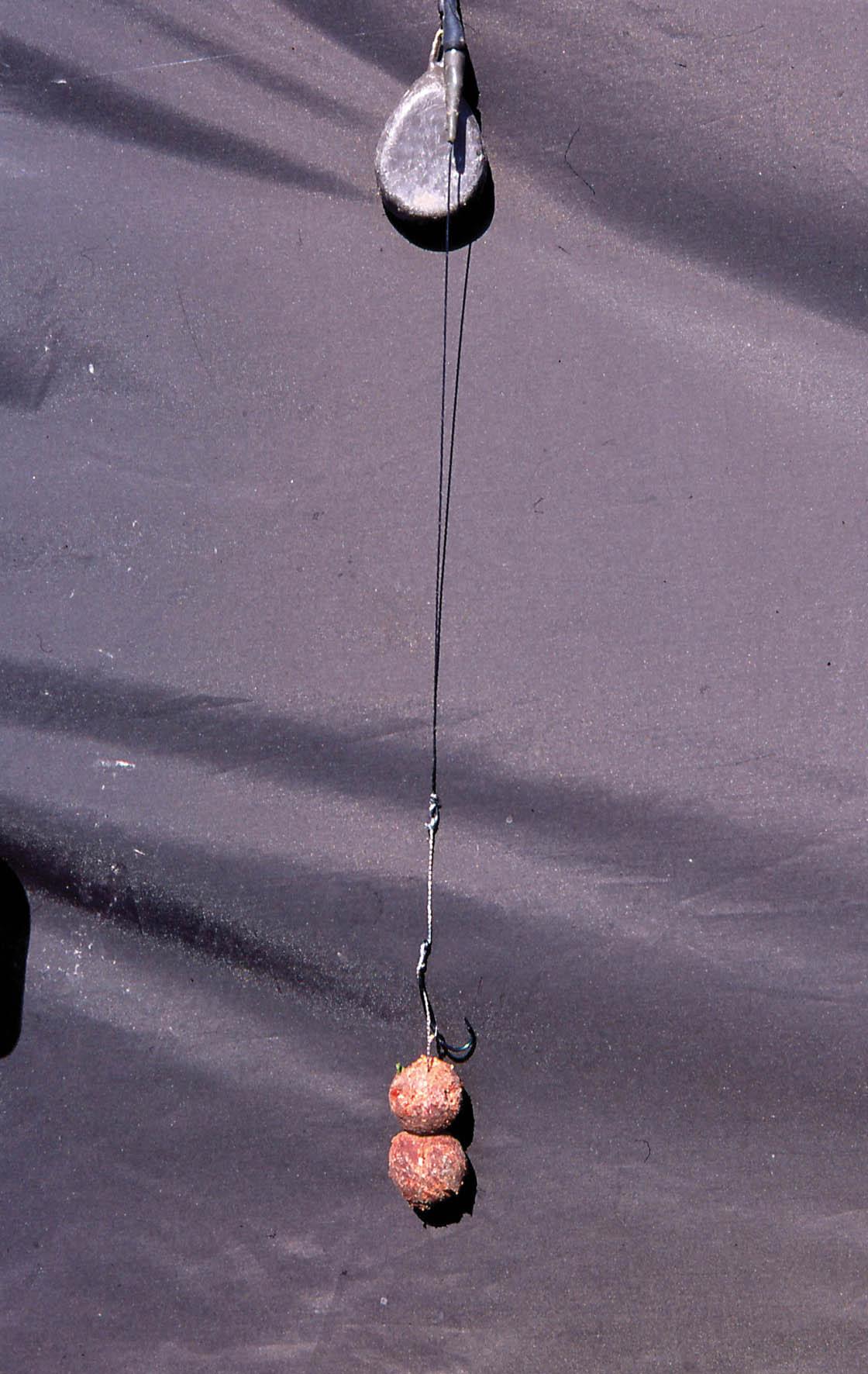
Stiff rigs work well where there is a surprise element to them. The 2” Hair in its original format was an anti-eject rig: there were opposing forces at work in that the bait was ‘independent’ of the hook. Many early Hair-fish were landed with the bait hanging out of the carp’s mouth, which made me wonder if the fish had moved on once it had blown the bait out of its mouth, or if the free-moving hook had taken hold prior to the bait being blown out. Or maybe there was an element of both.
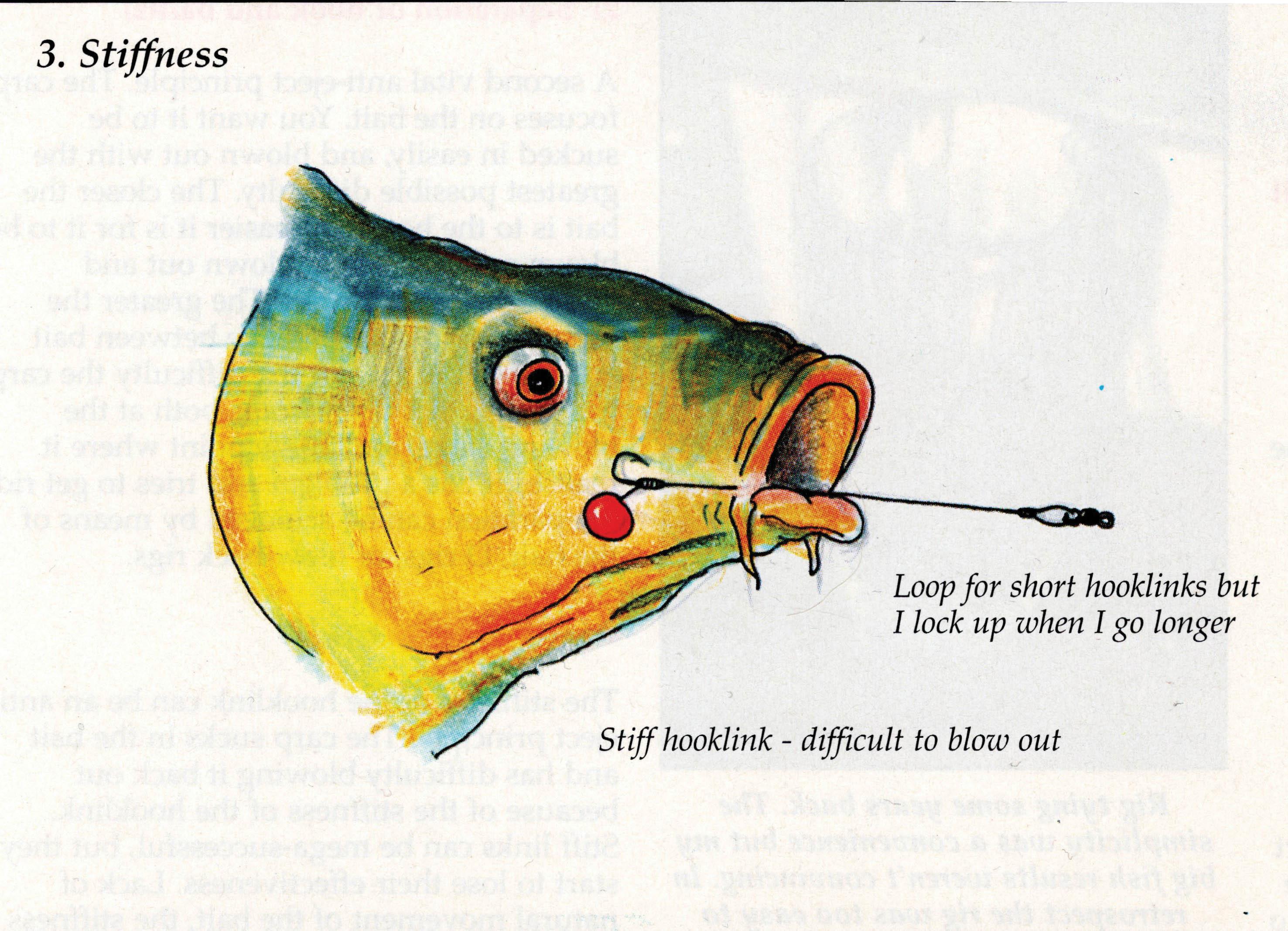
Adding buoyancy
Buoyancy is an aid to getting the carp to suck the bait well back into its mouth. I’ve had periods of using small baits to encourage preoccupation, but relentless pressure tends to make achieving small-bait preoccupation difficult. With snowman hookbaits you can achieve the required buoyancy and present the carp with a mouthful that it may have problems ejecting. Multiples can take you further with this ‘mouthful’ syndrome. I’ve had success with Albert Romp’s ‘stringer’ hookbait, and my own stack rig, which I used through a very successful Birch Grove winter. Stacks are very simple to achieve because you can make them with the addition of a corkball to the normal free offerings.
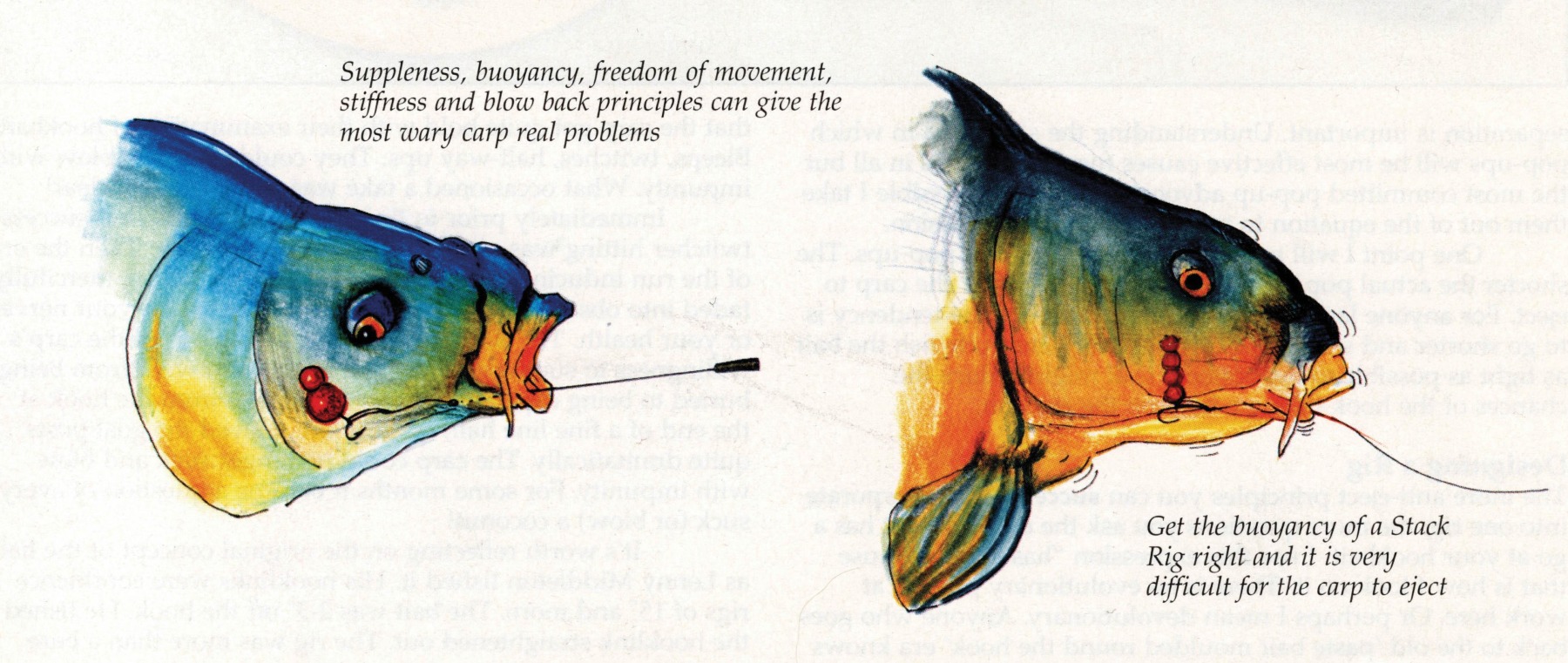
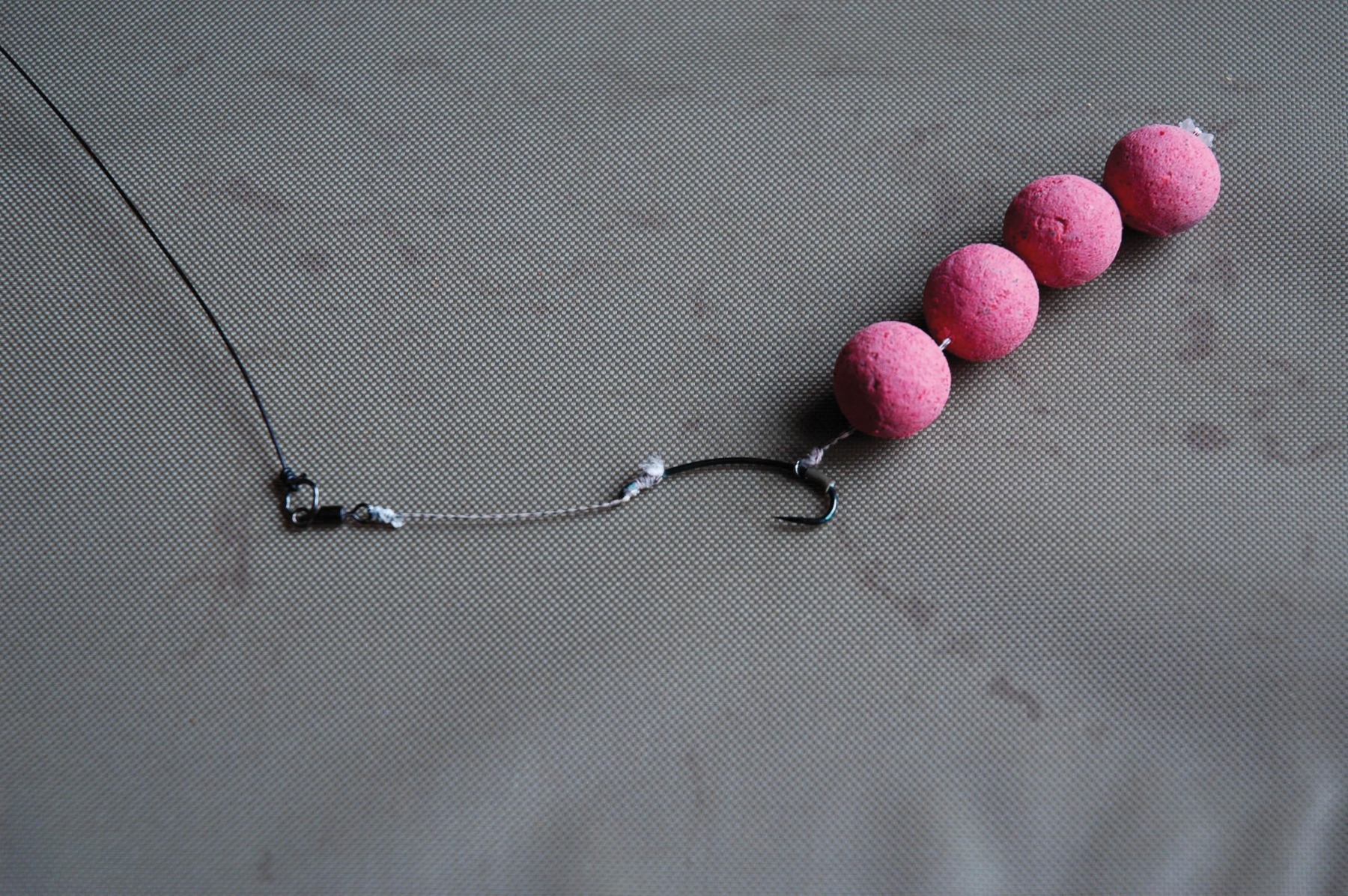
Latterly, I have had great success using 20-22mm free offerings with a wafter hookbait, which works well when the fish are feeding strongly, on the move, and you can keep topping up with free offerings. The ‘degree of suck’ for a 22mm free offering causes problems when the wafter shoots well back in the mouth. I look on this as the ‘here’s another one’ syndrome. Oops! It wasn’t another one, it was a wafter hookbait, be it a single or
a snowman.
Solid PVA bags
When I’m using PVA bags I may use a hooklength shorter than my ‘standard’ of 10-inches or so, but for the most part, my prime consideration is to let the carp suck the bait as far back in its mouth as possible. I use PVA ‘depth-charges’ when I can get big baits out to the feeding spot. These worked very well for me at Redmire, casting, and on the big overseas where boats are used.
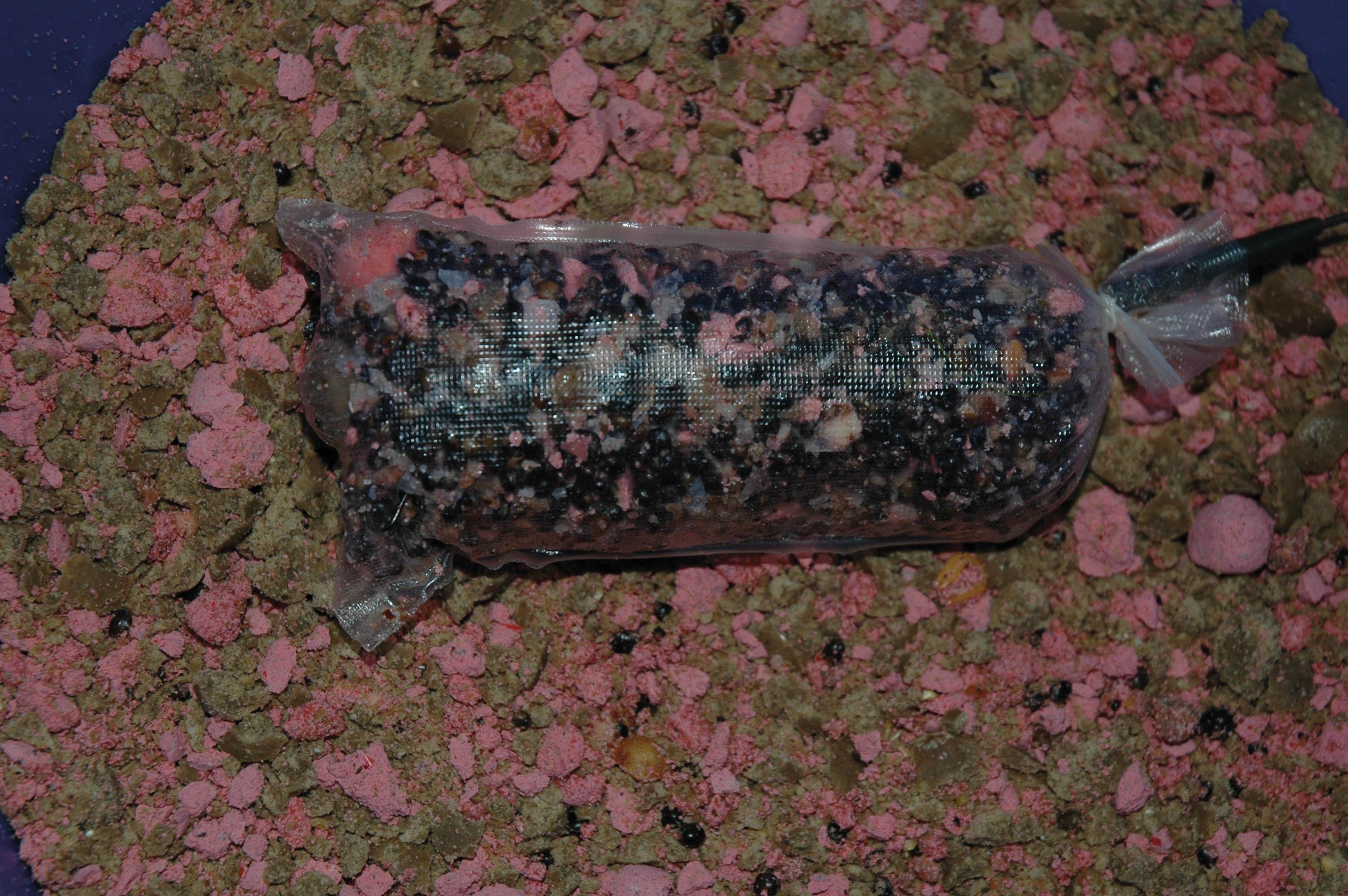
Retaining sharpness
I settled on Gardner Mugga hooks a long time ago and use the Continental pattern at Rainbow. (There are a lot of hooks of similar patterns available.) I rarely use a hook smaller than size 4. I always flatten the barb and use a 1mm sliding ring on the shank. To me, a barb can be a deterrent to full penetration with carp feeding nervously. (A hook won’t open-out if it penetrates to the bend.) I cut up silicone tubing to make the stops for the shank, where required. If I’m recasting regularly, I’ll touch up the point up slightly for added sharpness, but when I want the bait out there for a few days I’m nervous of sharpening. On acidic waters I feel that a hook-point’s needle-sharpness may not survive being out there for days on end. (Some waters are more acidic than others in this regard.) At Rainbow during a recent session, Merv Pennell was sharpening his hooks and using the Korda point protector (Kamo Kote) successfully so I’m rethinking that aspect.
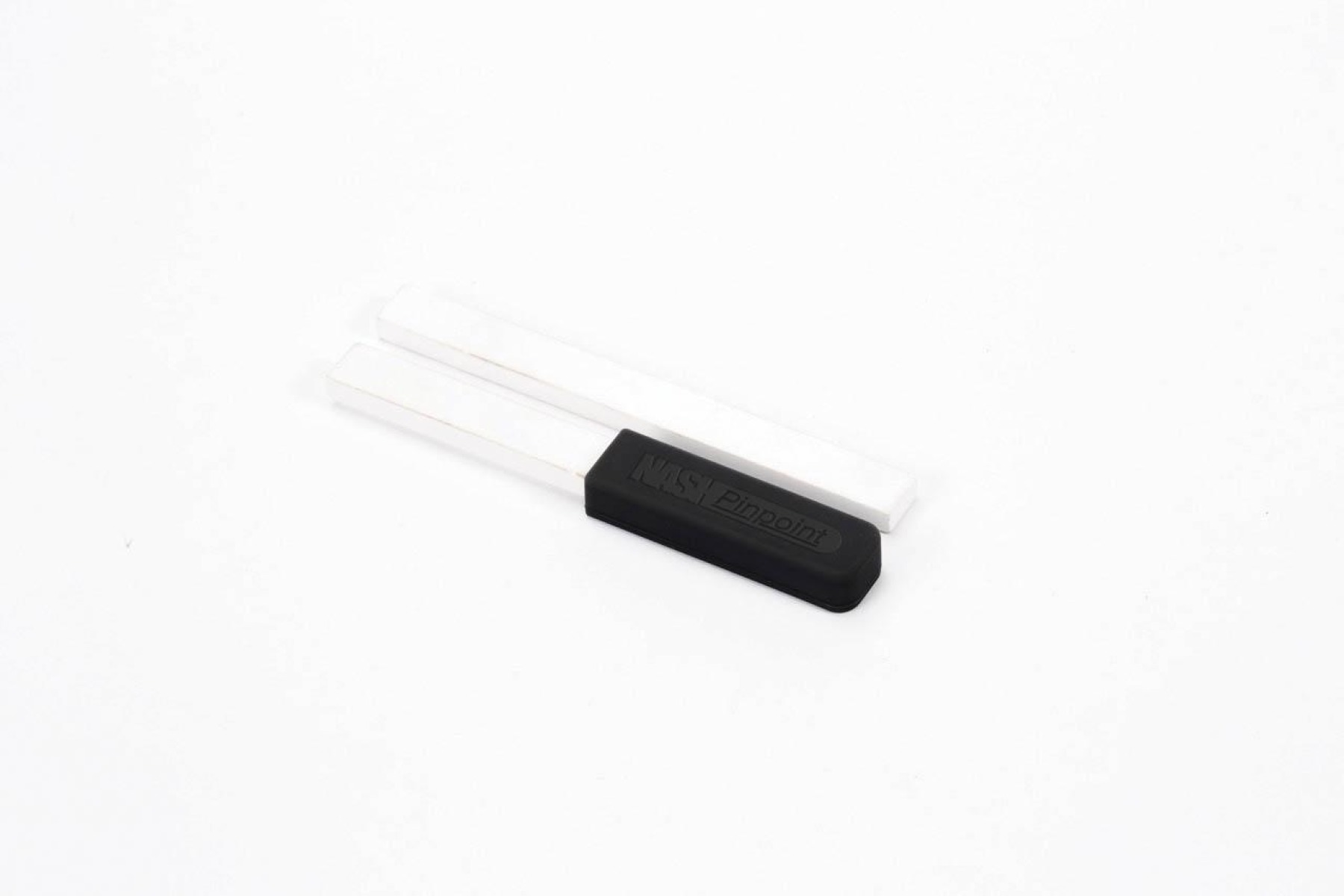
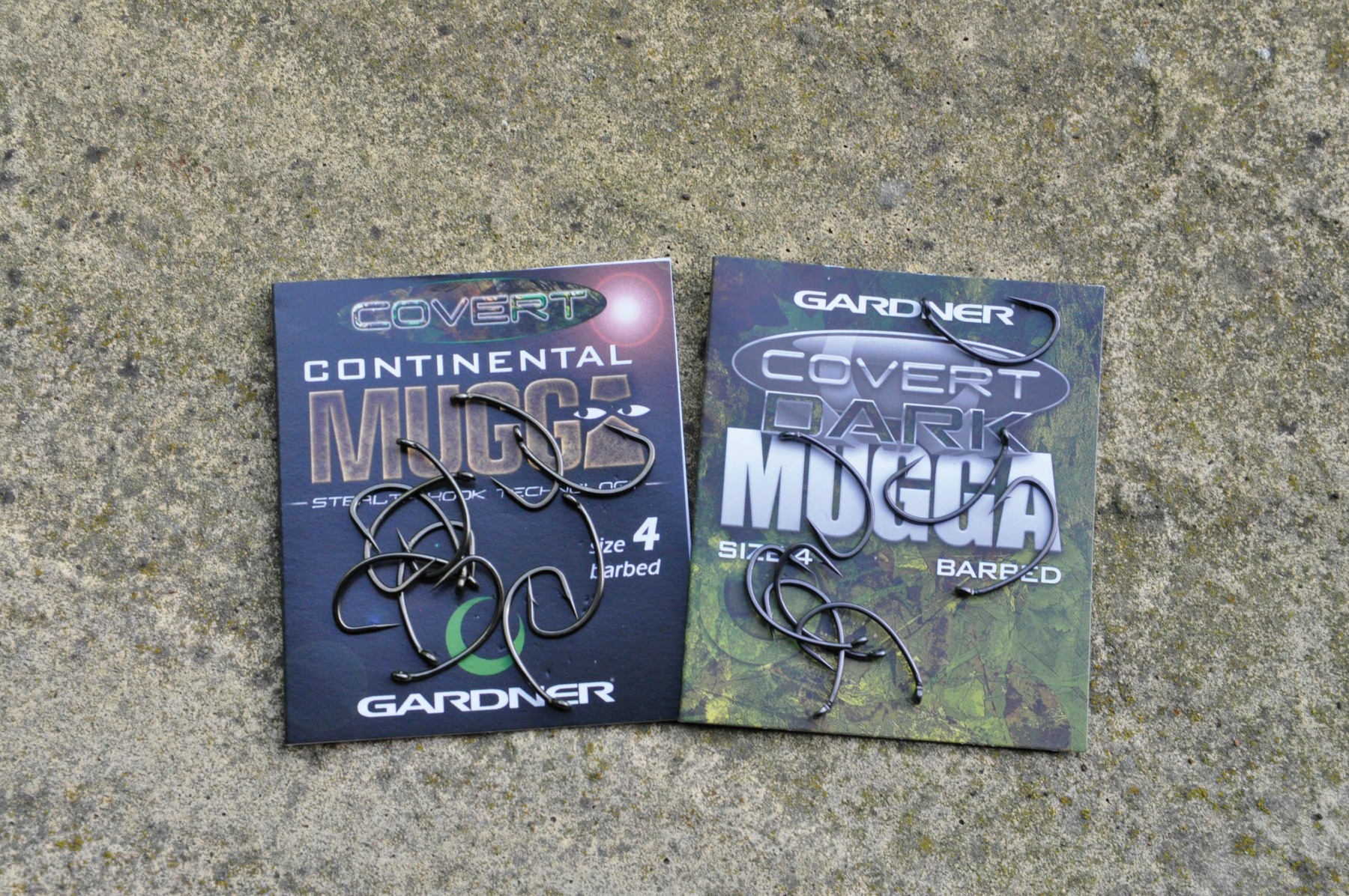
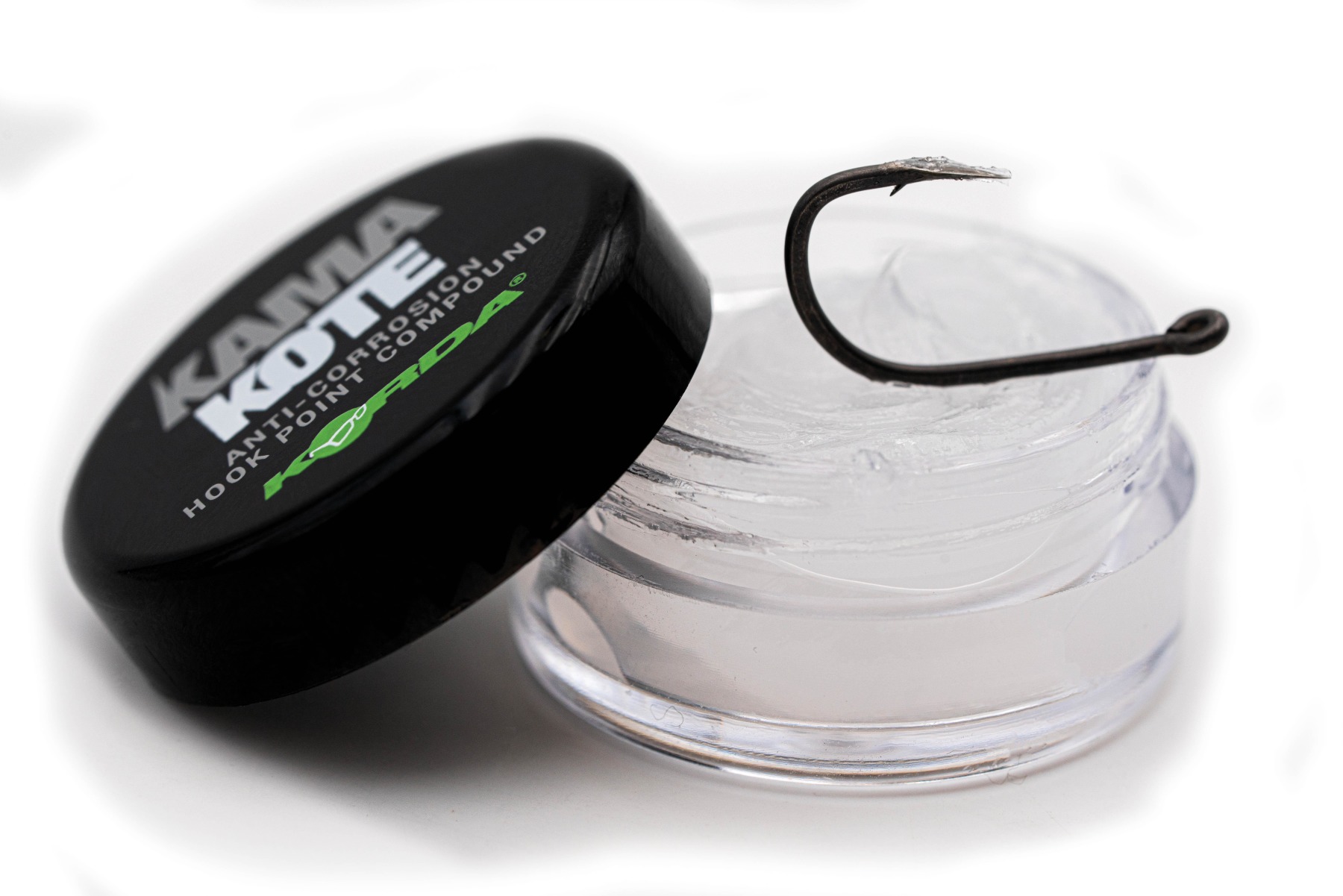
Various variables
Rig variables to be weighed up are hook pattern, hook sharpness and length of hooklength. During a slideshow some years back, I asked Darrell Peck about hook sharpness. He commented that when he worked in a tackle shop, he once took ten packets of hooks home and found three hooks that he felt were sharp enough for him (out of a hundred). He does okay!
I rarely use Chod Rigs or pop-ups (I’m not claiming that’s a virtue), although the nature of the lakebed may cause a rethink on this. I used Chod Rigs (then referred to as helicopter rigs) a great deal through the late seventies and early eighties but became nervous of the mechanics, but when you are looking for extra casting distance having the lead on the end of the line can give you a few extra yards.
I prefer a sliding ring to a piece of silicone trapping the Hair against the shank so that the rig can ‘reset’ after carp or nuisance fish attention not registered by the buzzers, which can be a pain, especially on waters with eels in them. On the other hand, if you are recasting fairly frequently, then the silicone set-up may work well for you.
I’m out of word count, and I’ve barely skimmed the surface. A word of warning: the guys who are asked to write material for magazines tend to be high-profile, big-fish-oriented, and usually very successful. If your sights are set lower than theirs, then your rig-thinking can be fine-tuned accordingly. The effective use of PVA and/or a multiple hookbaits may be the answer to your prayers. Presentation principles and variables are equally important as rig mechanics.
Finally, if you make rig or presentation changes which should work, give them a chance to work. Give them at least a couple of feeding times to take effect. If you make a change, you have to believe in it, and then hang tough till it takes effect.
